Thai Gulf Sea & River Water & Air Quality
Although the Gulf of Thailand is tropical, the area can be subject to many months of very low rainfall resulting in a semi arid environment, particularly on the islands which exhibit their own unique microclimates. Water for domestic use is provided from a number of sources – rivers and reservoirs, shallow and deep wells abstracting from the water table and some limited seawater desalination, As both the resident population and also the number of tourist numbers have increased over the years water is increasingly in short supply and as a consequence water availability and quality is of critical importance in the Gulf area. Equally, due to a lack of infrastructure, or maintenance issues in certain areas, seawater quality is of considerable importance from a tourist perspective.
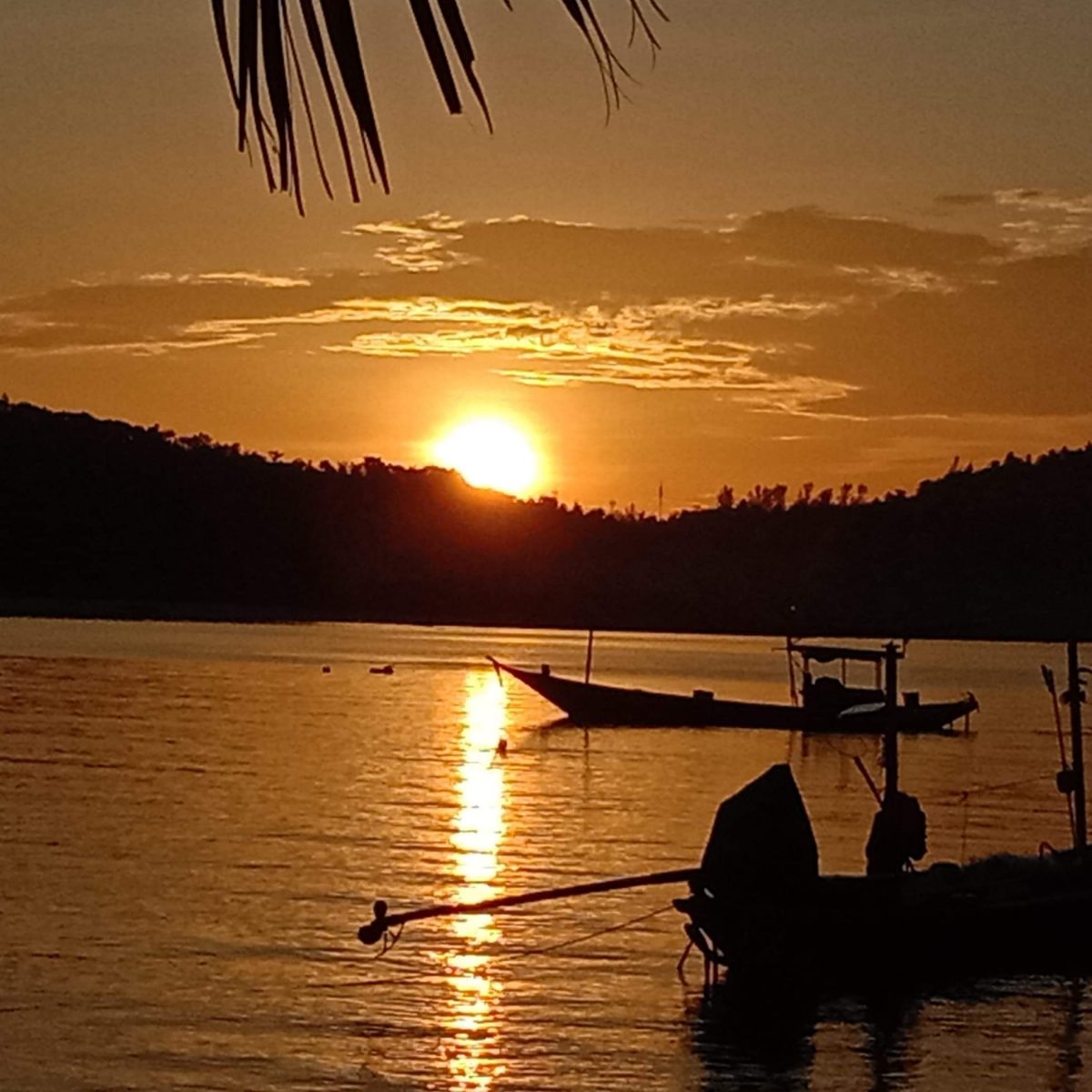
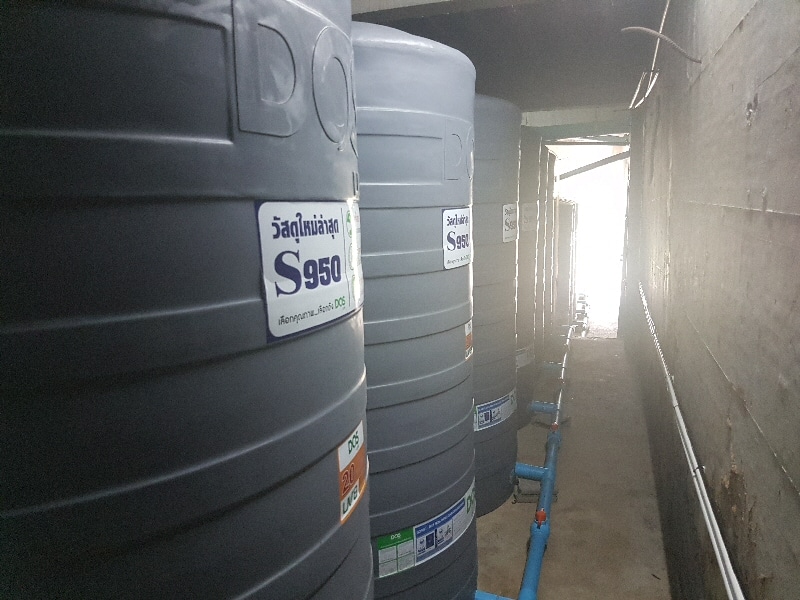
Water conservation is of increasing importance, today average domestic water usage for an urban dweller often exceeds 200 litres per person per day, in contrast with Thailands older village standard usage of less than 50 litres per person per day. With a little thought about how exactly we behave can effect consumption considerably – minimize shower time, turn off taps when not actually needed, use low flush toilets, minimize garden use etc.
Equally rainwater capture, either in above ground holding tanks, under ground tanks or man made ponds is of importance for resort and house owners. Water purification systems for houses and resorts can readily be built – see our YouTube video for more info. Please Contact Us should you be considering water capture at your site and wish to discuss options.
EcoThailand has access to both seawater and river water laboratory analyses for contaminants at many sampling sites across the Thai Gulf and spanning many years, such analyses are carried out several times a year and test for a wide range of pollutants including bacterial contamination, dissolved oxygen, metals etc and to International and Thai Government Testing Procedures.
Both sea water and river water quality maps of Koh Phangan and Koh Samui are available and sea water for Koh Tao and Ang Thong Marine Park are available and now updated to show 2021 results. Whilst the overall picture for the islands is quite good, several specific issues at known sites remain to be addressed.
Water samples are taken twice a year, during the dry and wet seasons, from sites around the islands and analysed according to the Thai government Marine Water Testing procedures for 8 separate parameters (pH, dissolved oxygen, phosphate, nitrogen, ammonia, temperature, suspended solids and microbial contaminants – see Marine Water Testing Document below for more detail).
Sea & River Sampling
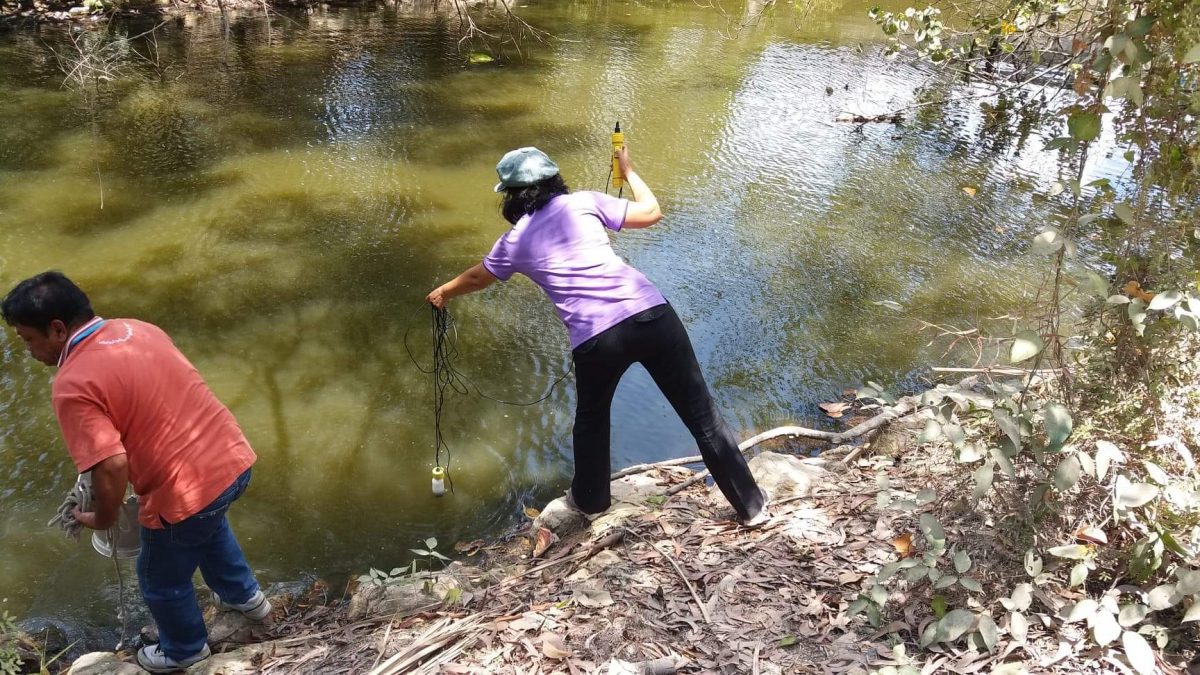

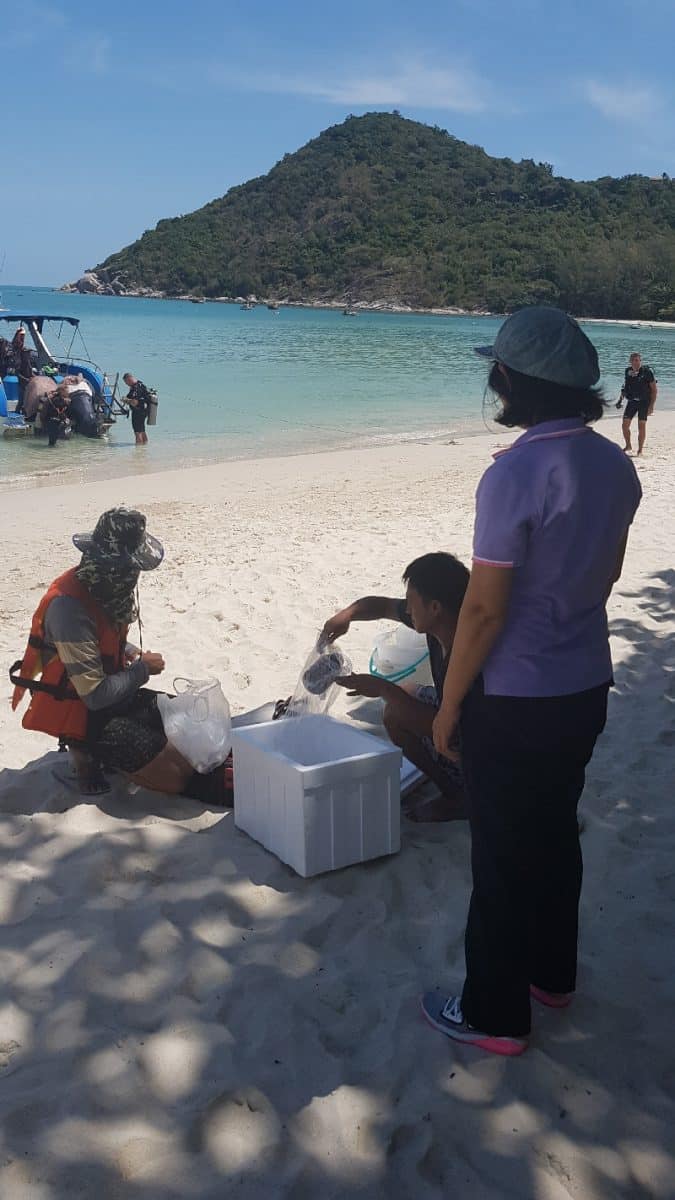
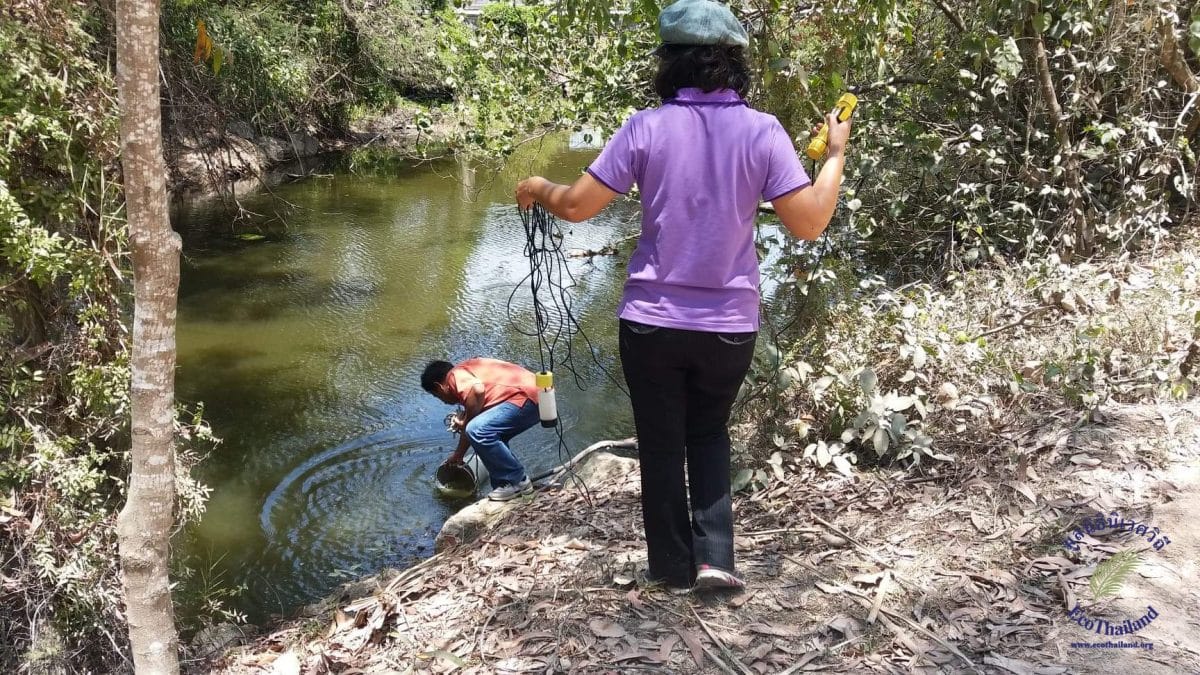

Sea and River Water Quality Maps – Dry and Rainy Seasons 2020
(Blue star Excellent, Green Good, Yellow OK, Brown Poor, Red Bad)

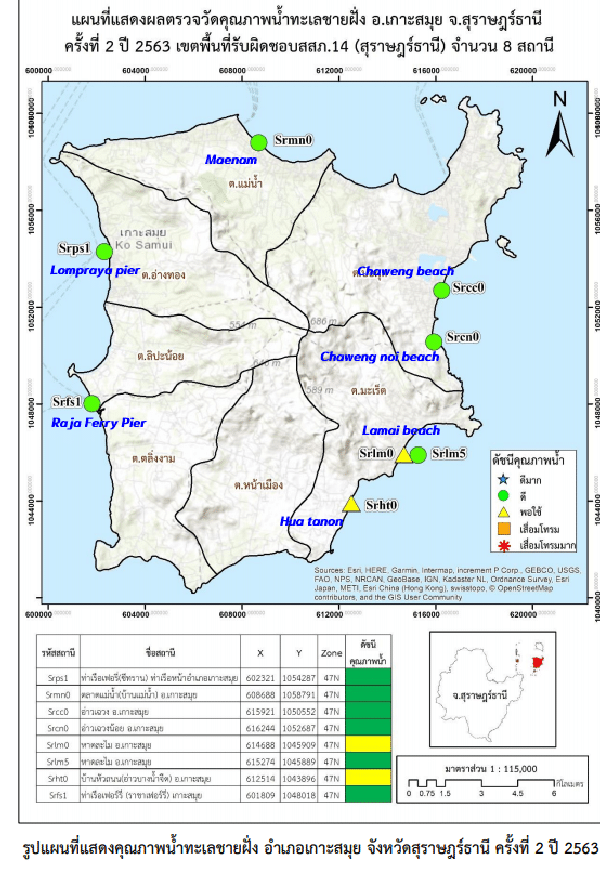
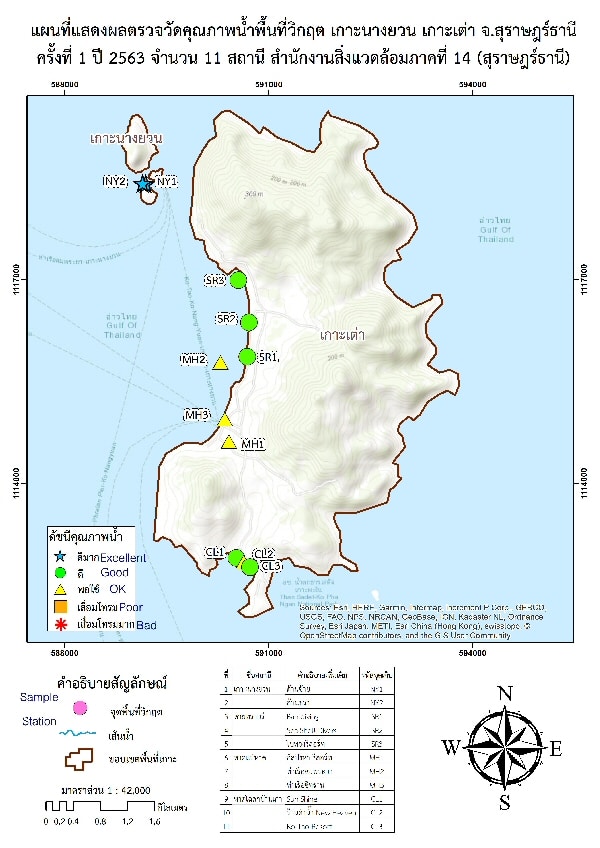
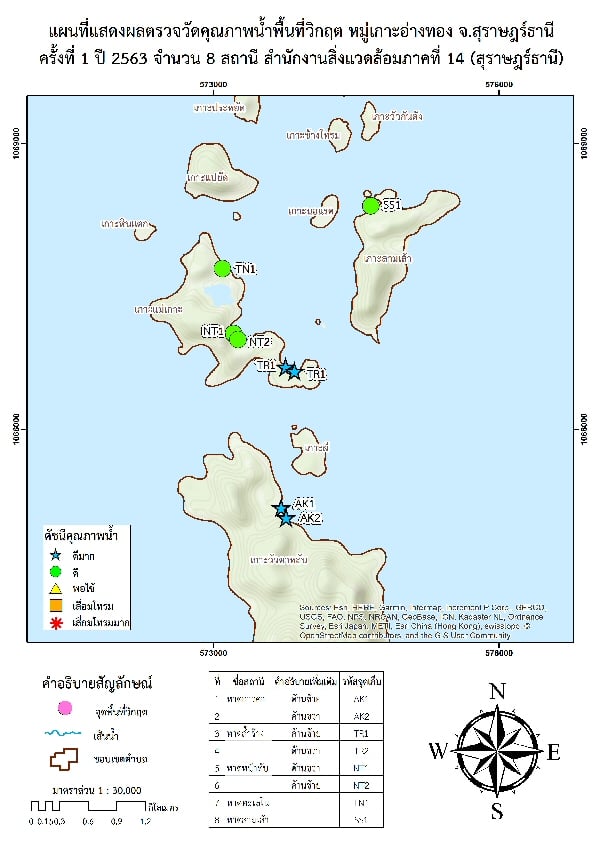
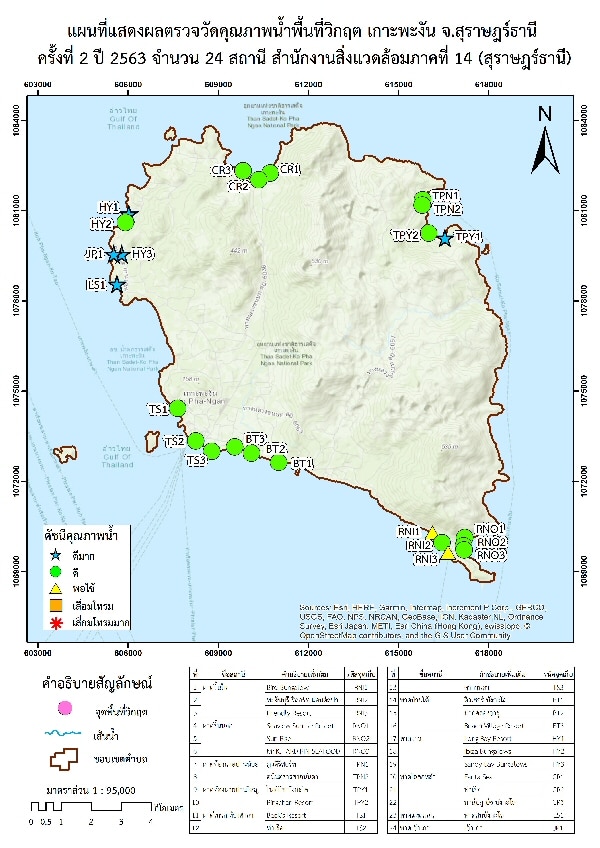

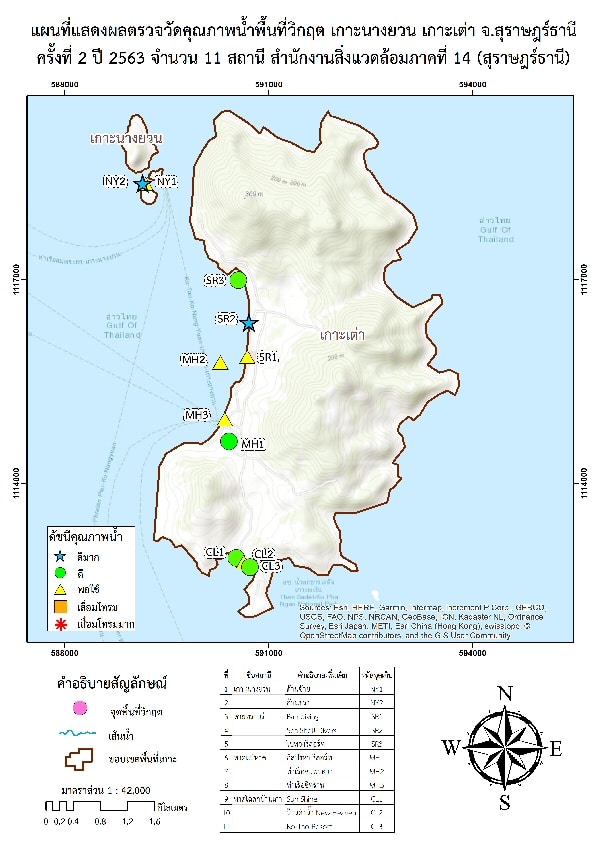
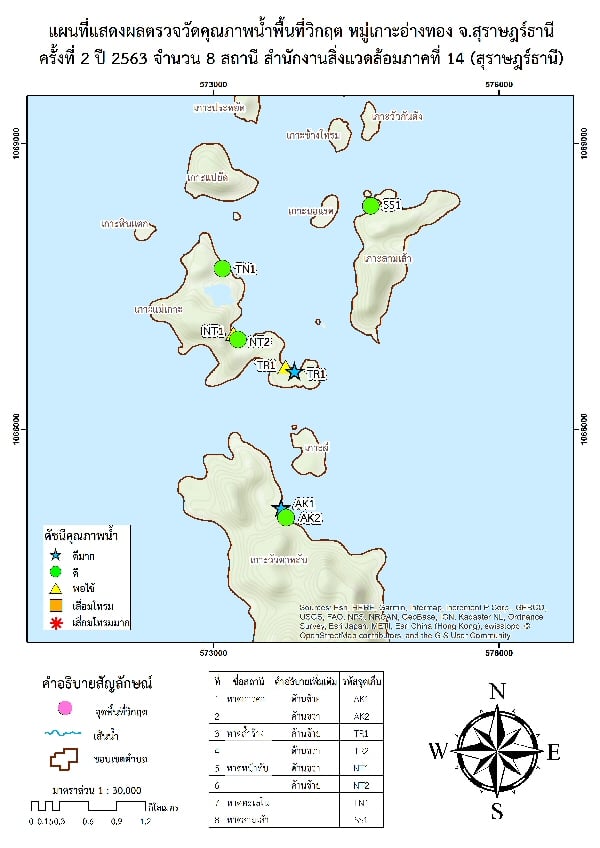
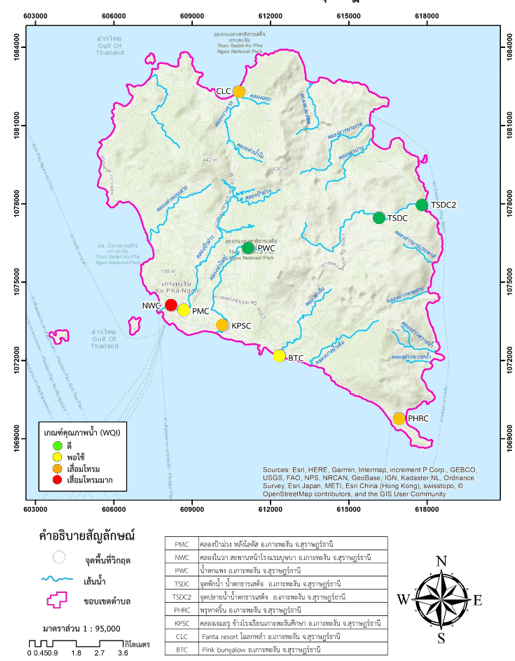

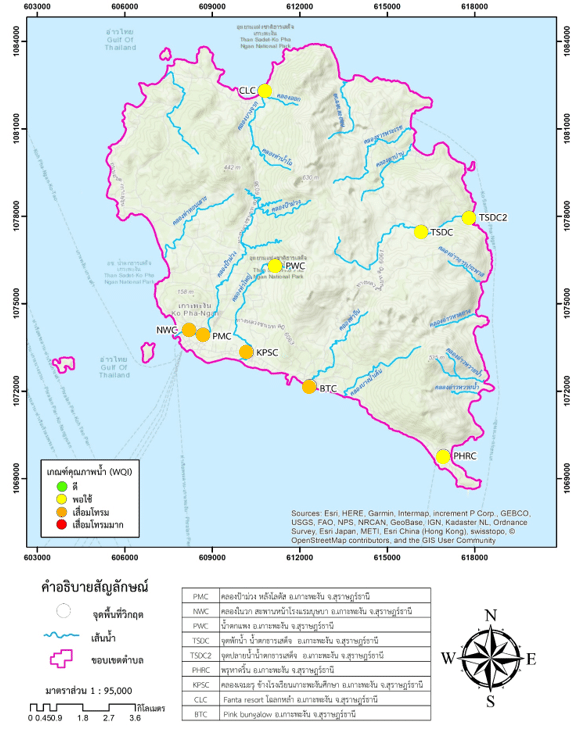
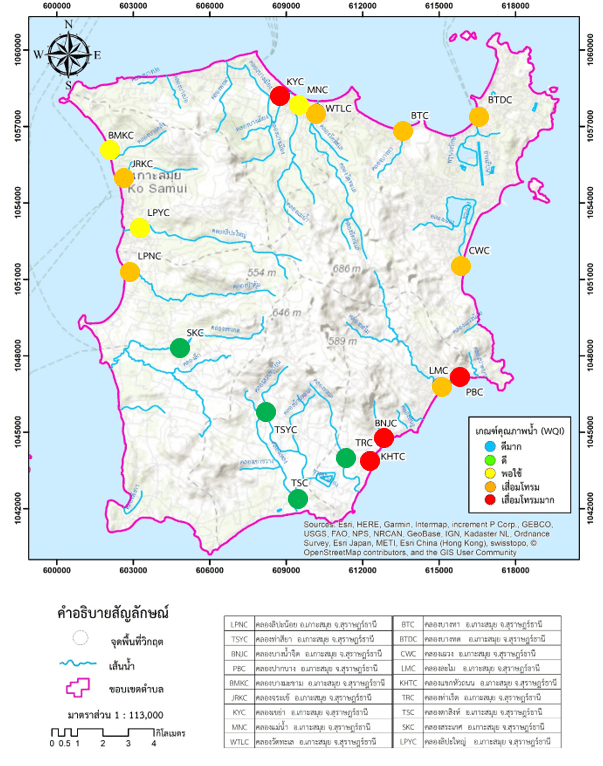
Air Quality Monitoring Stations
EcoThailand have now installed an Air Quality Sensor at their Baan Tai office site on Koh Phangan provided by Sensor4All, Chula University Engineering. The Sensor4All mapping site for Thailand allows viewing of a wide range of sensor data, (PM2.5, PM10, AQI thai and AQI US) so allowing an understanding of both local and national air quality. Purpleair monitors, of which there are few in Thailand, (although one or two are to be found, for example, on Koh Phangan) can be accessed from the Purpleair maps HERE
Should you require more detailed analytical data on the specific water or air sites and tests, if you want to know the precise analysis position, or if you are interested in testing at a specific site, at your own resort or business , please Contact Us to discuss further.
If unnatural events, pollution or Marine animal deaths are observed on the beaches of Koh Samui, Koh Phangan or Koh Tao, or indeed any other region, they can be reported to the Marine and Coastal Department (DMCR) by phone (0775102134) or via their website Central Gulf of Thailand DMCR.
.
Thai Water Quality Testing Standards:
MrnQuaStd-1